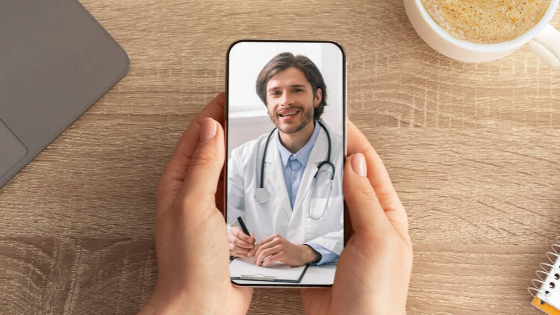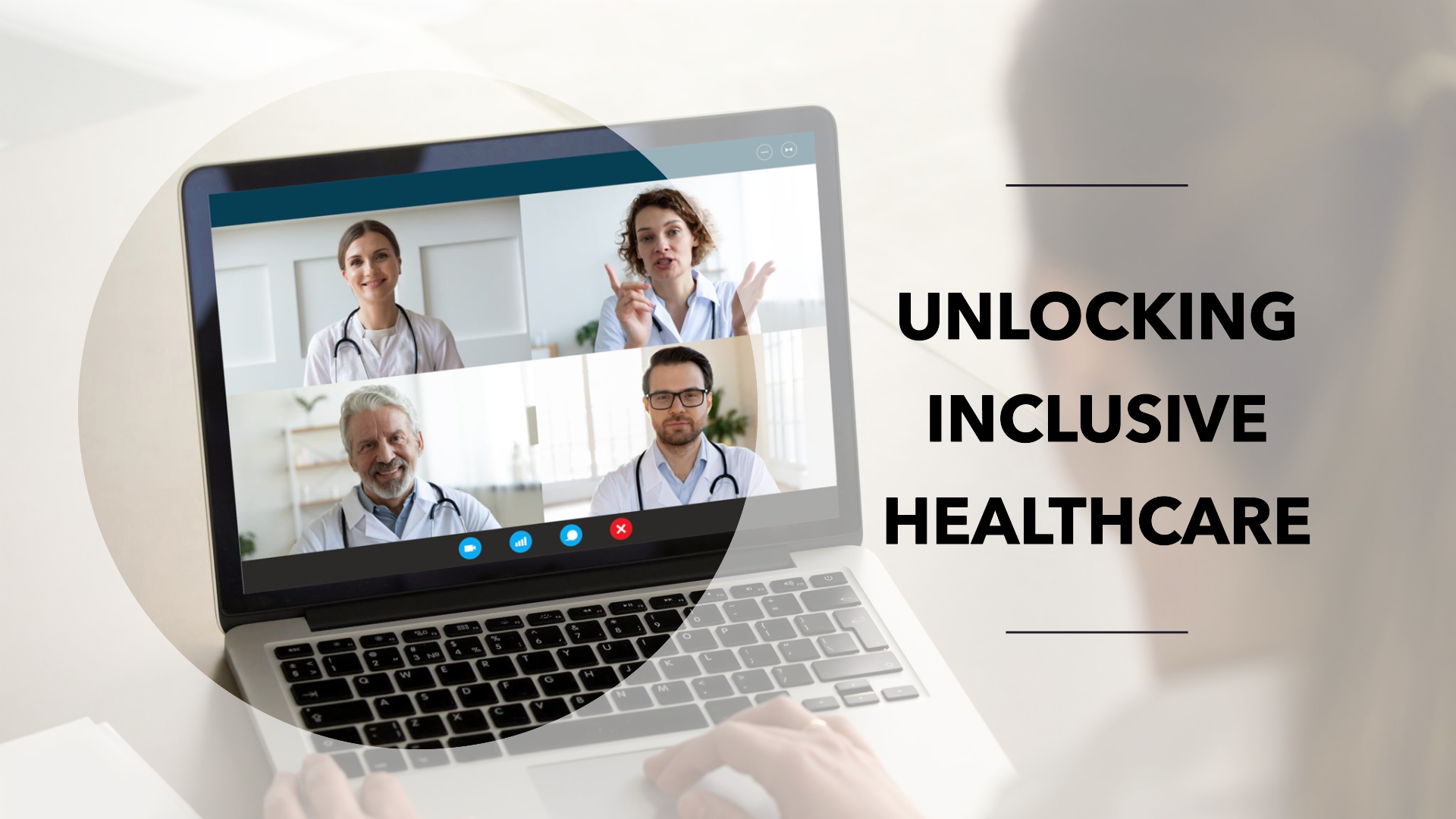Remote patient monitoring is a great way to ensure your loved ones’ safety. The Institute of Medicine has determined that it can prevent hospital-born infections, the leading cause of death in U.S. hospitals. It allows doctors to oversee patient treatment remotely, eliminating the need for frequent visits in the critical hours after surgery.
Remote patient monitoring systems help to bridge the gap between doctors and patients. It is important to note that some of these systems are also used for monitoring hospital operations, so it is not just a patient’s health issue that is being monitored.
With a Remote Patient Monitor System, clinicians can be alerted to vital patient data, such as oxygen level, temperature, and heart rate. The remote user receives the alerts wirelessly through the wireless connection system and can supply feedback back to the doctor in order to help solve a medical emergency. Remote Patient Monitor Systems also allow doctors to manage these devices via smartphones, tablets, and computers.
In fact, it may be the case that for healthcare providers, remote monitoring can actually be a more powerful tool than remote patient monitoring. For example:
- Remote monitoring is meant to deal with issues such as constant staffing needs and scheduling; while remote patient monitoring is meant to deal with issues such as illness severity.
- Remote patient monitoring systems also have systems in place to provide early warning on issues like equipment failure and medical alerts.
The caregivers of chronically ill patients are much more likely to monitor their loved ones remotely when compared with people who do not care for sick family members or whose loved ones are not ill in any way and thus don’t need remote health monitoring at all.
The benefits of remote patient monitoring
The benefits of remote patient monitoring systems include:
- A reduction in time spent by doctors and nurses
- An increase in time spent by patients
- Improved collaboration between doctors and nurses
- Useful information about caregivers can be shared between caregivers
- More accurate data from automatic devices can be shared between caregivers
- Better caregiver skills (including communication skills) can be improved, resulting in positive outcomes for children
- Patients who have bought into the idea that using their own mobile devices really works better than using an app will tend to feel better about using them, resulting in more usage and fewer problems arising from inappropriate use.
However, if you want your product to start selling on Apple’s App Store or Google Store, and if you want it to start selling anywhere else, you will have to convince users of its value via relevant marketing materials such as apps reviews.
Wearable technology can improve outcomes and lower costs
The medical community is slowly waking up to the potential of digital health, which involves a healthcare provider monitoring and interacting with their patient through their smartphone or other mobile device. The potential benefits include improving patient adherence to medication regimens, lowering missed doses and potentially increasing access to care.
It is also realizing that this can be a cost-effective solution for both the provider and patient. In fact, a recent study at Brigham & Women’s Hospital in Boston looked at how much the average cost can be reduced by 20% when electronic health records are used in conjunction with wearable devices.
The value of wearables in healthcare is expected to grow
The value of remote patient monitoring is expected to grow, with promises of improved patient care and lower costs. Not only will this allow physicians and nurses to see patients in real time, but it will also enable patients to interact with medical staff in a much more meaningful way. A physical interaction gives a patient’s health a face and verisimilitude.
All this is possible thanks to wearables. From an intuitive perspective, the wearable device does what a monitor does, but instead of being affixed to the body it is worn on or clipped onto clothing or even carried around the body by a patient (or perhaps even worn by someone else). The device provides information back to the healthcare provider via sensors that are attached to the body, such as accelerometers or gyroscopes. The information they collect can be used in many ways, for example, it might be used to predict symptoms; as part of an ongoing clinical trial; or as part of an attempt to solve a problem (such as how rapidly our blood sugar level changes after eating).
It’s clear that wearables have tremendous potential, they will benefit both patients and practitioners alike, but we don’t yet know whether they can make their impact felt right now. There are four key issues that need addressing:
- Healthcare providers need better tools for designing and evaluating wearable applications
- Patients need better tools for managing their own health data
- Businesses need new insights from wearable data (for example, patterns from previous days)
- Engineers need better tools for designing wearables that don’t compromise performance or usability
There have already been significant strides from wearable devices in healthcare research: a recent study found that patients wearing heart rate monitors had significantly fewer heart attacks than those wearing standalone monitors; a new startup called Aeternity has developed an app that provides live feedback about glucose levels on users’ wrists using sensors attached directly to their skin; and there is now evidence that people who suffer from high blood pressure are also more likely to experience cognitive decline if they don’t pay attention while driving.
However these examples only scratch the surface of what’s possible with new technology (and some traditional devices) in medicine today. It is clear that wearables are here and should not be overlooked when we look at where they could go next. We need software developers out there who can help create only better apps that will improve our lives… and our doctors
We are sure that remote patient monitoring and wearable technology are going to be relevant at the healthcare sector in the few years. Contact us for more relevant details. To find out more about how we can help you with your Digital Healthcare Transformation, Healthcare organizational growth, or Healthcare brand positioning, please get in touch via phone +44 (0) 203 3620421 or via e-mail: info@digitalsalutem.com





